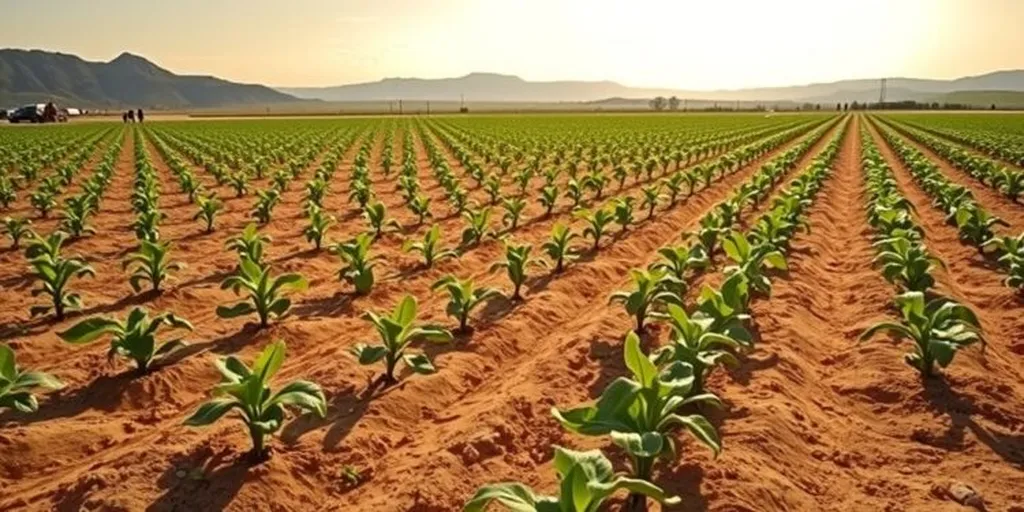In the face of climate change, farmers are grappling with escalating abiotic stresses—drought, salinity, heat, and heavy metals—that threaten crop yields and food security. Amidst this challenge, a promising avenue is emerging: nanotechnology. A recent review published in *Plant Stress* delves into the potential of nanoparticles (NPs) to mitigate these stresses, offering a double-edged sword of benefits and risks that could reshape sustainable agriculture.
Nanoparticles, with their unique physicochemical properties, are being explored for their ability to enhance crop resilience. “NPs can act as protective shields, detoxifying agents, and growth promoters, all at once,” explains lead author Vishnu D. Rajput from the Academy of Biology and Biotechnology at Southern Federal University in Rostov-on-Don, Russia. This dual functionality makes them particularly attractive in an era where climate change is intensifying abiotic stressors.
The review highlights several commercial implications for the agriculture sector. For instance, NPs could reduce the need for chemical fertilizers and pesticides by improving nutrient uptake and providing natural pest resistance. This could lead to significant cost savings for farmers and a reduced environmental footprint. Moreover, crops fortified with NPs might fetch premium prices in markets increasingly valuing sustainability and climate resilience.
However, the use of NPs is not without its drawbacks. The review cautions about potential environmental hazards, including toxicity concerns and unintended ecological effects. “While NPs offer tremendous potential, their long-term impacts on ecosystems remain largely unknown,” Rajput notes. This uncertainty poses a challenge for commercial adoption, as regulators and consumers demand safety assurances.
The research underscores the need for a balanced approach, where the benefits of NPs are harnessed while minimizing their risks. This could involve developing standardized safety protocols, investing in long-term ecological studies, and fostering collaboration between researchers, policymakers, and industry stakeholders. “The goal is to create a framework that allows for the responsible and sustainable use of NPs in agriculture,” Rajput says.
As the agriculture sector navigates the complexities of climate change, nanotechnology offers a glimmer of hope. However, realizing its full potential will require careful consideration of both its advantages and its risks. The review published in *Plant Stress* serves as a crucial step in this direction, providing a comprehensive understanding of the dual nature of NPs in abiotic stress management and environmental safety. By doing so, it paves the way for future developments that could revolutionize sustainable agriculture.

